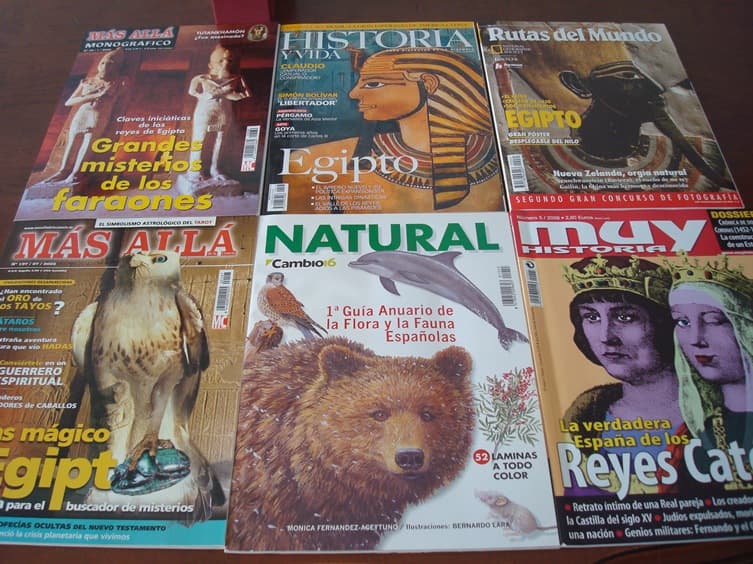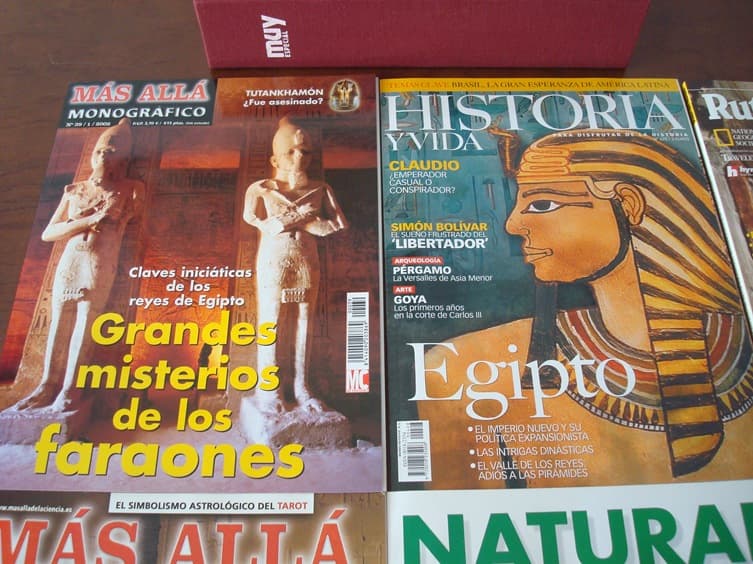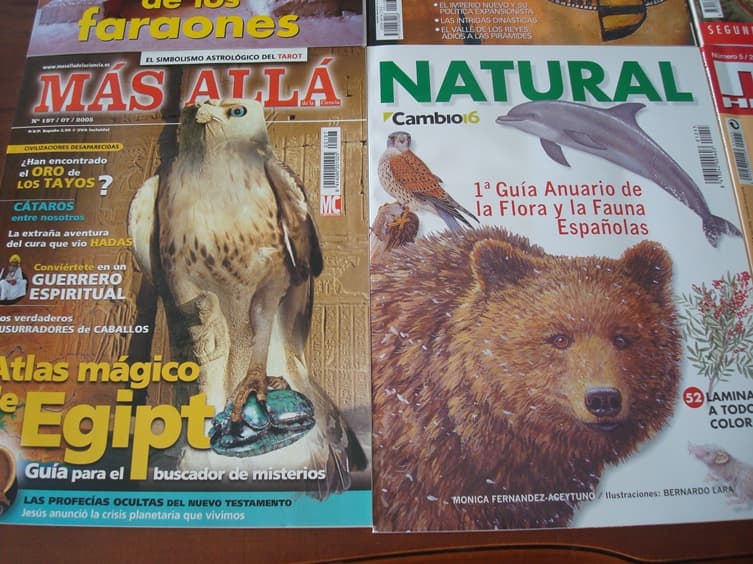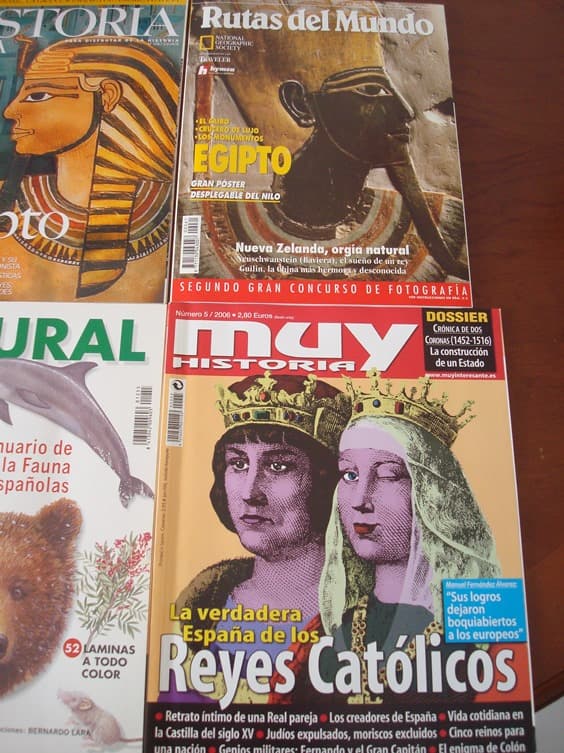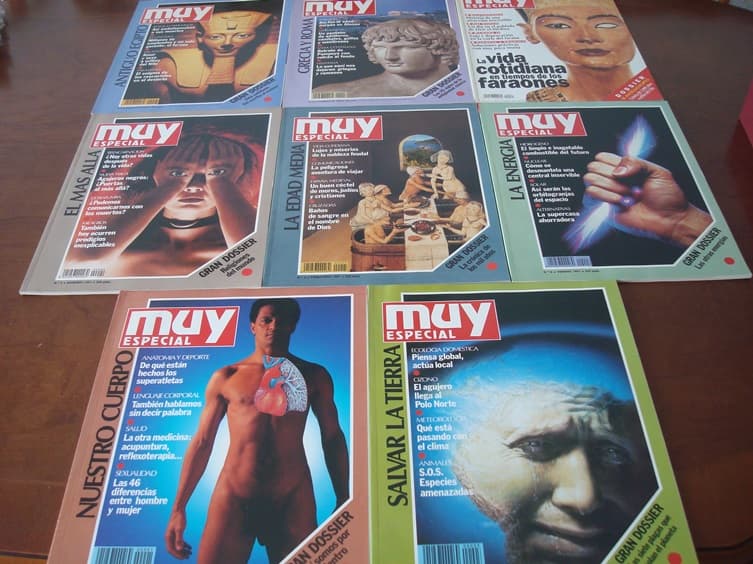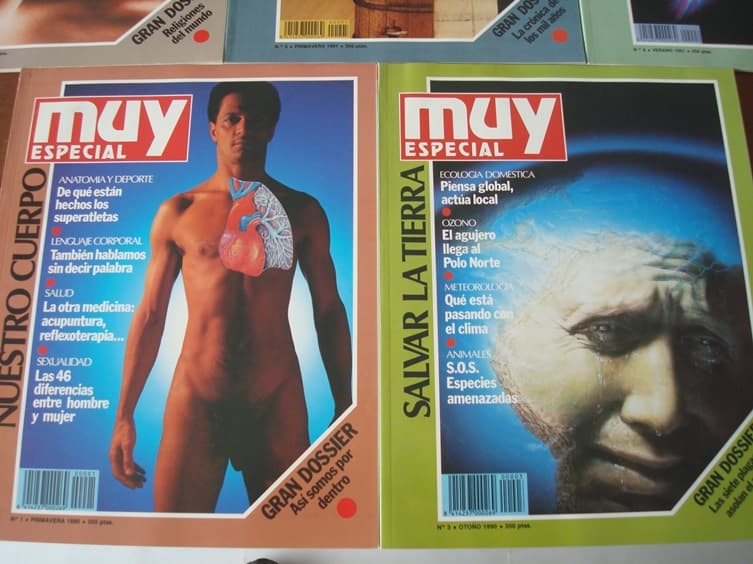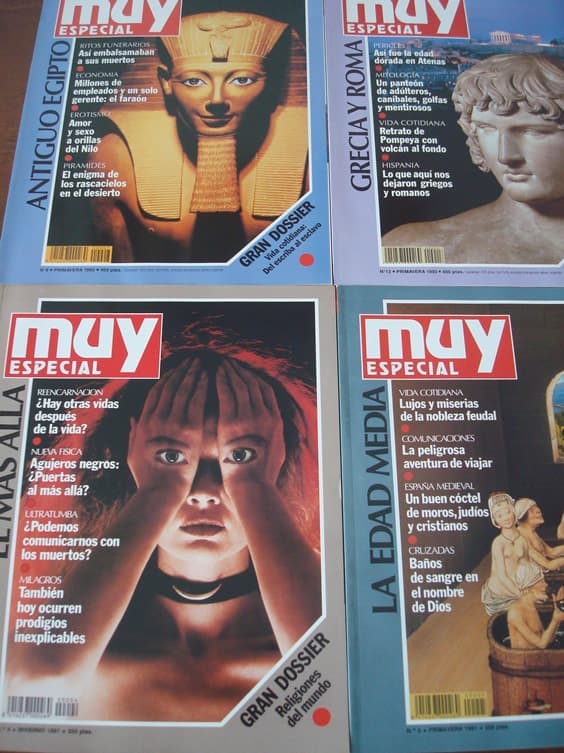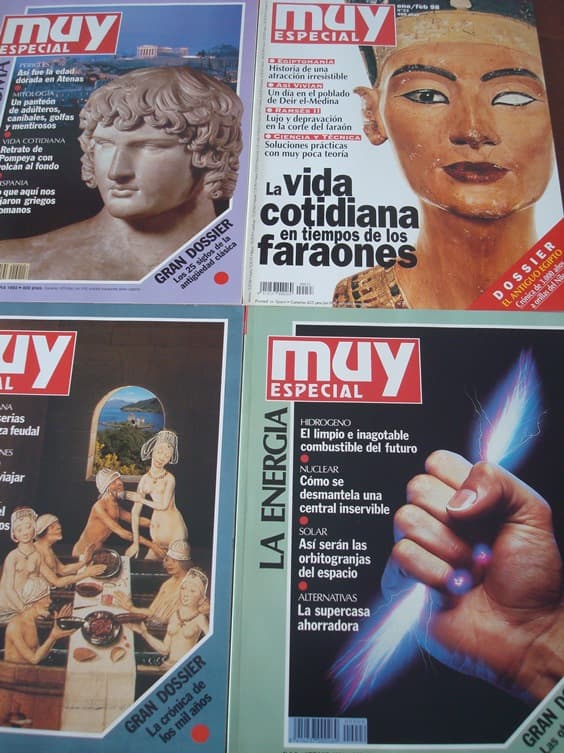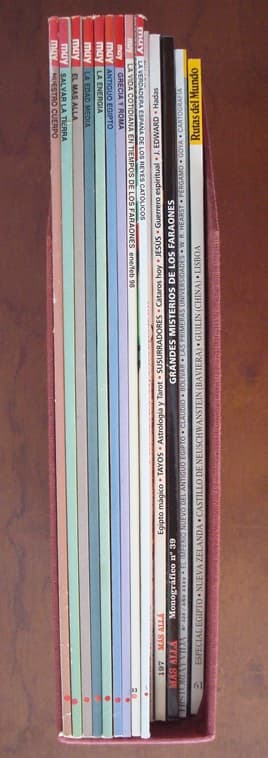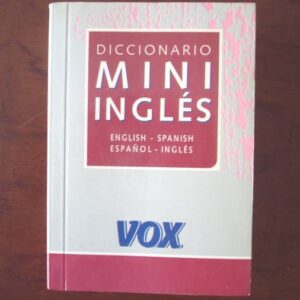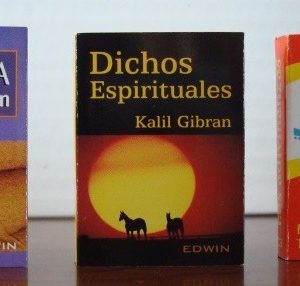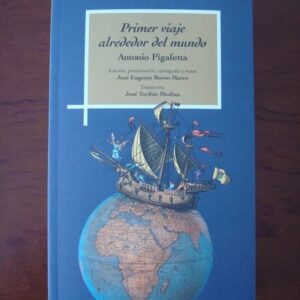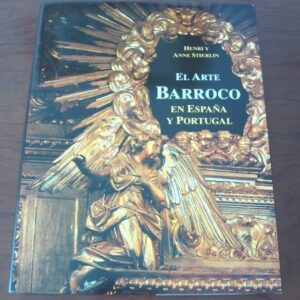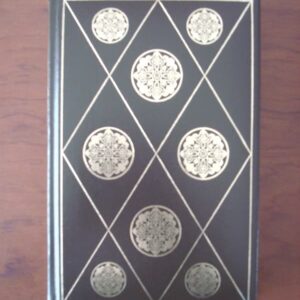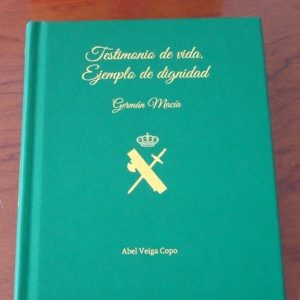Description
Lot with 14 Spanish magazines in perfect condition, new, unused, published between 1971 and 2006, presented in a MUY Especial collectible case (format 23.2 x 29.2 x 6.2 cm).
The list of magazines and special issues that make up this lot is as follows:
MUY Special no. 1 of 1990
MUY Special no. 3 of 1990
MUY Special no. 4 of 1991
MUY Special no. 5 of 1991
MUY Special no. 6 of 1991
MUY Special no. 9, of 1992
MUY Special no. 13, of 1993
MUY Special no. 33 of 1998
MUY Historia no. 5, of 2006
Natural Cambio16, 1st Annual Guide to Spanish Flora and Fauna, 1971
MÁS Allá de la Ciencia, no. 197 of 2005
MÁS Allá monograph no. 39 of 2002
Historia y Vida, number 428 of 2003?
Rutas del Mundo, no. 61 of 1995 (includes external foldout map of Antarctica)
See the photos for more information about the content of each of them.
Shipping costs according to order and destination. Ask us any questions, indicating the article reference.




